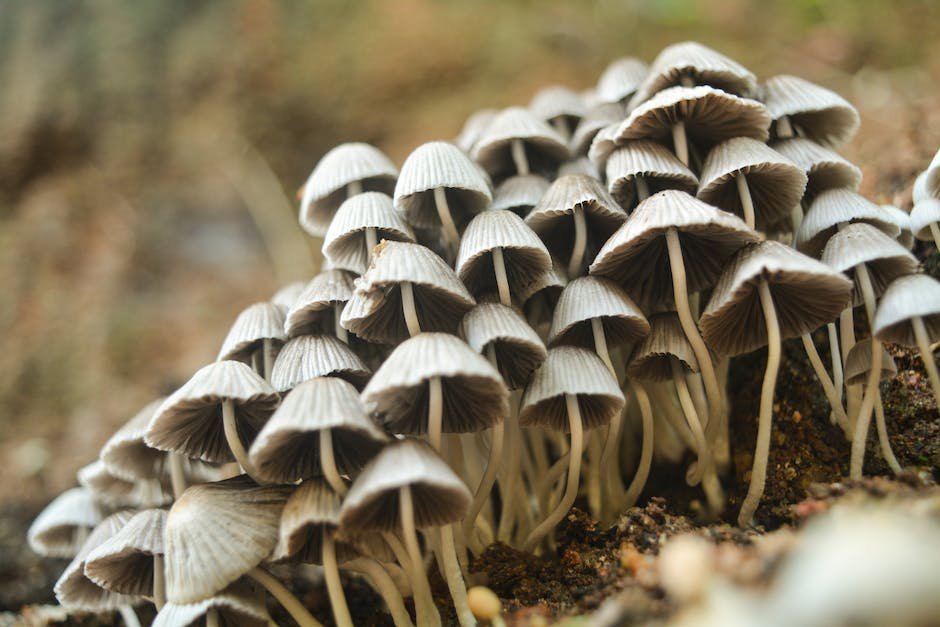Most people know that one thousand mg is one teaspoon, but what about one thousand milligrams? A 1,000-mg dose of any substance is just as important to understand!
A 1,000-milligram dosage equals one full tsp (teaspoon) of any ingredient. Therefore, one tablespoon of this product contains a thousand milli grams of the active ingredient.
That’s why it’s so important to always check how much cream or liquid you use in a recipe. If a recipe calls for one cup, make sure you only use half a cup of powder in your mixture because one cup = two tablespoons + one more ounce for water.
Decimal and fractional grams
A decimal gram is one that does not have an integral number in front of it. For example, 1,000 mg is different from 100mg because there are one more places to represent the number 1 than there is for the number 10!
This is similar to how you would write out 0.5 inch as 0.5 inches or 010 mm as 001 millimetres.
It is important to know what a decimal gram means when talking about diet supplements. Because sometimes companies will use the term “decimal” gram instead of just gram to describe the amount of their product.
A standard gram is defined as the weight of one hundred millionths of a kilogram. One thousandth of a kg is one mg so a normal gram would be one thousand times one thousand which equals one g.
However, some companies may choose to use the word decimal rather than regular gram to indicate their accuracy. The difference in using this terminology is very significant and needs your attention if you want to make sure you understand what each word means.
The reason these differences matter comes down to whether you like numbers before and after the main part of the sentence. When we place a number into a context, it gives us information about the size of the thing being counted.
For instance, say I wanted to know how many dollars I had in my wallet.
Convert grams to other units

When you are trying to figure out how many pieces of pizza you can eat, it is helpful to know your average amount of cheese per slice.
One thousand milligrams (mg) of sodium equals one teaspoon (tsp), so if you have 1,000 mg of salt, you would get about two full size slices of pizza!
That’s not too bad I suppose, but why do we need such high amounts of salt? Nutritionists agree that eating plenty of fruits and vegetables helps keep us healthy, which is the opposite of having lots of junk food.
By consuming enough fruits and veggies, we should be getting adequate amounts of potassium, magnesium, and calcium. Potassium keeps our muscles from contracting, magnesium aids in muscle relaxation, and calcifies strong bones.
How many grams in a pound?

We use the word ‘pound’ to describe how much weight one ounce (one third of a gram) equals. This is not true for every country, company, or person using this metric however! The British Empire still uses the imperial system where 1 lb = 0.5 kg.
In fact, when we say “grams per pound,” some people incorrectly assume that we mean kilogramme-per-pound which is 2 lbs equal 1kg.
How many grams in a kilogram?

A good way to remember is that one kg equals 2,000 mg. So, how much milk does 1kg of milk contain? That’s your first question! One thousand milligrams is called one “thousand-gram container” or “1000 ml bottle” for short.
A bottle of milk contains 250 mL (0.25 L) of liquid per 200 g (20 oz) of solid matter such as fat or protein. The rest of the space in the bottle is air which weighs zero. Therefore, each 100 g (4 oz) serving of milk has 250 ml (8 fluid ounces) of milk plus 22.5 ml (0.75 fl oz) of empty space.
This means the average person can enjoy about 8 oz of milk every day without exceeding their daily recommendation. However, people with higher activity levels may need slightly more than this to meet their nutritional needs. You should aim to drink enough milk to provide at least half of your daily calcium intake. Some people are advised to strive for two cups (about eight ounces) per day!
Sources of vitamin D include sun exposure and foods such as fish oils.
What is the difference between milligrams and micrograms?
A lot of diet tips focus only on the amount of sugar you eat, or the number of carbs you have. But what if I told you that there’s a much better way to manage your diabetes?
It’s not about limiting carbohydrates or reducing sugars in your diet, it’s about how many grams of glucose (simple sugar) you consume.
A gram of glucose equals 1 mg of blood glucose – so eating more grams can help lower blood glucose levels.
That’s why some diets recommend people track their carbohydrate intake but instead they should be tracking their glucose intake!
By doing this, you’re looking at both total carb content as well as glucose content.
But HOW do we know how many grams of glucose are IN each food?!? This is where nutritional science comes into play.
Certain foods contain glucose, and just by themselves they won’t cause problems for most individuals with type 2 diabetes. However, when these foods are combined together, they may contribute to higher glucose levels. That’s why it’s important to understand which types of foods can increase glucose levels in your system.
Another key concept in nutrition is the term ‘carbohydrate’. Technically speaking, any compound made up of carbon, hydrogen, and oxygen is defined as a carbohydrate.
What is the difference between grams and ounces?
Another way to define weight in terms of measurements is using either grams or ounces as your measuring unit. This article will discuss what each one means, how they are defined, and why it is important to know them!
When we talk about weight we usually refer to two different types of units: metric and imperial. The term “weight” comes from the English language, so there is no official definition for this word. However, we can describe the average person’s understanding of the word “weight”.
We typically think that heavier objects weigh more than lighter ones, and we compare the weights of similar sized objects when talking about how much something weighs. When you like an item very much, you probably would not try to buy one just like it, so buying a second one with little effort is harder. This concept applies to physical weight.
However, our understanding of weight does not always match up with the math used to measure it. Due to this, scientists develop new ways to measure weight. For example, the kilogram was created in 1795 to be 1/1000th of the pound (the current ounce measurement). Because of this, the same number of kg equals one thousand times the amount of pounds.
This creates some issues though because a pound looks different today than it did 400 years ago. A possible solution to this problem is converting weight into energy. Scientists find that one lb.
How many milligrams in a teaspoon?
In our food journey, we often come across terms such as one “teaspoon” of butter or sugar. These terms are always confusing because they don’t clearly define what a spoon is!
A tablespoon is actually defined as 1/2 cup for liquids and 0.5 cup for solids. So, if there were no other definitions, then the term would be inaccurate.
However, you can find another measurement that helps determine how much sugar and fat an average person needs to enjoy a meal. This definition comes from the National Institutes of Health and it’s called the Daily Value (DV). The DV defines the amount of nutrients needed to meet your daily nutritional requirements.
How many grams in a teaspoon?
There is an important concept that you need to know about teaspoons when trying to determine how much sugar you have consumed. It is called the defining factor for a spoon measurement of sugars.
The defining factor for a teaspoon comes down to density. More dense liquids require more volume to fill up the same amount space as less dense liquids. For example, water is a very denser liquid than milk, so half a cup of water will always be needed one quarter cup less milk to equal one tablespoon.
One way to ensure you do not over estimate your sugar intake is by using the exact number of teaspoons given for each ingredient in our recipes! Unfortunately, some companies do not list their sugar content clearly or may use different spoons per teaspoon depending on the size of the spoon.
So here at HealthierBytes we have determined the most accurate ways to calculate how many grams of sugar are in a specific food or drink. By knowing this, it becomes easier to watch your calorie and sugar intake wisely.


















